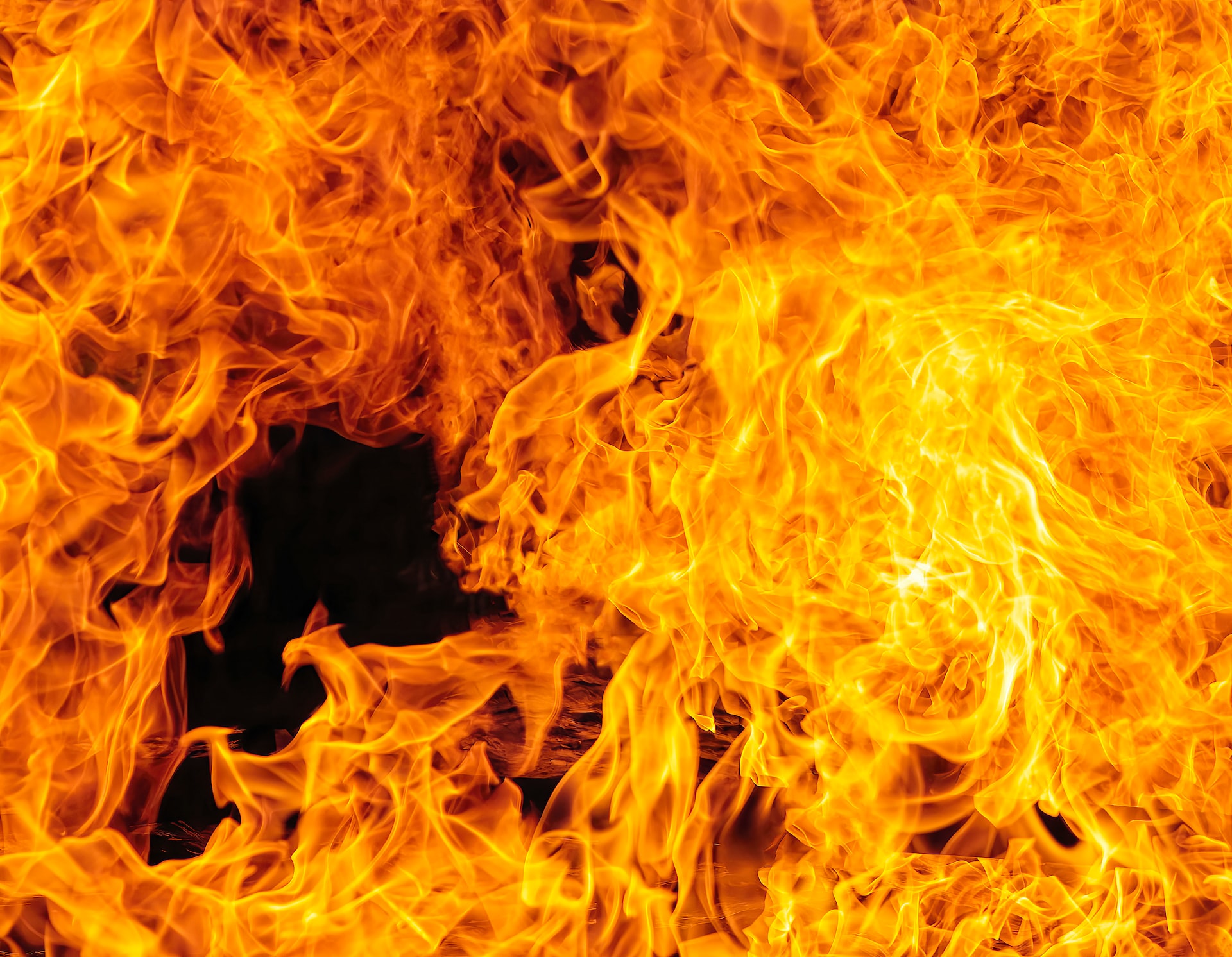
Fire Protection
What level of fireproof is right for you?
-
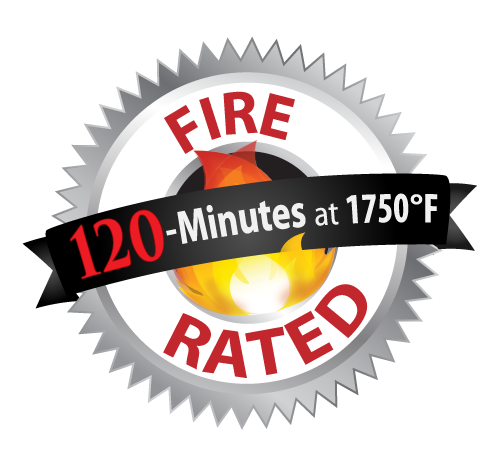 120-Minute Fire Resistant Gun Safe
120-Minute Fire Resistant Gun Safe
-
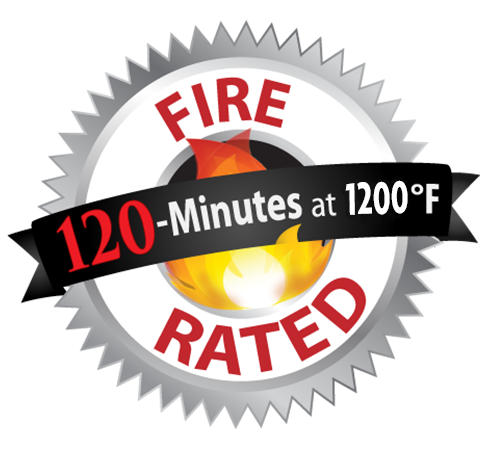 120-Minute Fire Resistant Gun Safe
120-Minute Fire Resistant Gun Safe
-
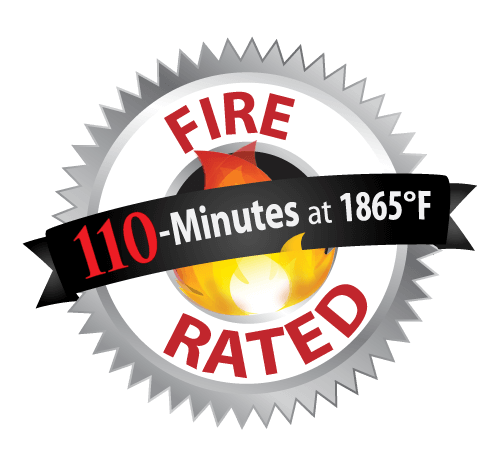 110-Minute Fire Resistant Gun Safe
110-Minute Fire Resistant Gun Safe
-
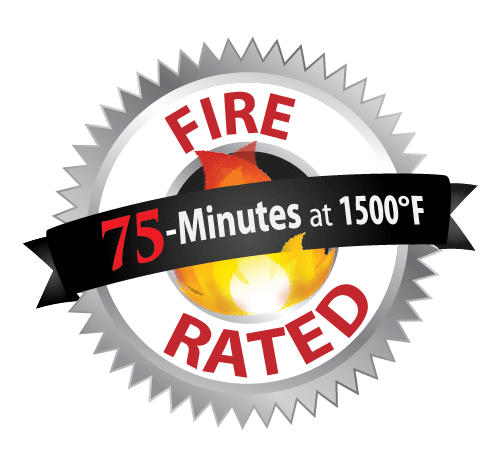 75-Minute Fire Resistant Gun Safe
75-Minute Fire Resistant Gun Safe
-
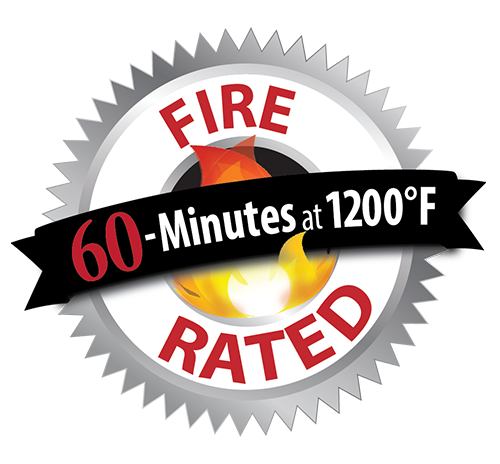 60-Minute Fire Resistant Gun Safe
60-Minute Fire Resistant Gun Safe

All of our Fire Resistant Gun Safes are
Built with American-Made, High Strength Steel
Do You Need Fire Protection?
Paper begins to char around 405°F. Guns start taking damage at temperature levels above 500°F. To properly safeguard documents and other belongings during a home fire, the internal temperature level of a safe needs to remain at levels below 350 ° F. This is why we guarantee Phoenix ™ Fire Security quality standards to all of our models–so your valuables will be safe from both fire and theft.
Levels of Fire Protection
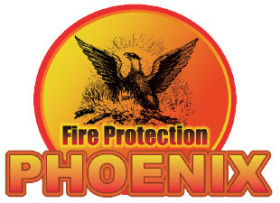
-
Phoenix™ Class I: 45 minute fire rating
-
Phoenix™ Class II: One hour fire rating
-
Phoenix™ Class III: 75 minute fire rating
-
Phoenix™ Class V: 110 minute fire rating
-
Phoenix™ Class VI: Two hour fire rating

The Particulars of a Fire Resistant Gun Safe
A gun safe’s fire resistance depends on four primary qualities:
-
The Quality of the Insulation
While all house safes have some form of insulation, the best insulation for fire resistance is called gypsum. What makes gypsum so special is that, once gypsum reaches a temperature of 262°F, it starts releasing water vapor into the air. Water has a fantastic ability to soak up heat and, because the plaster releases it only at temperatures above water’s boiling point, the vapor will escape before it ever damages your valuables. Several layers of the plaster provide longer safety times and protection from higher temperatures. -
The Insulation Coverage
The fact is that fire insulation is difficult to apply and can often get in the way of the safe’s inner workings, like its hinges. That leads some manufacturers to leave bare metal or hinge pocket cutouts that can compromise your safe’s ability to withstand high temperatures long enough to protect your property. -
The Safe’s Thickness and Rigidity
Extreme heat distorts metal and the longer the metal is exposed, the worse the distortion gets. Residential fires can often get above 1000 °F for an hour or more. That kind of heat can warp thin, light-weight safes in only minutes, destroying your valuables in the process. -
Having the Right Seals
Gun safes can use a surprising variety of seals in order to protect against theft, but many of those seals won’t stand up to the extreme temperatures that a house fire can cause. That’s why we use a special kind of seal called an intumescent (literally, “heat-expanding”) seal. When these seals get exposed to temperatures exceeding 300°F, they can expand up to 10 times their original size in order to keep heat out even when the metal around the seals begins to warp. Our safes often come with double and triple action intumescent seals in order to protect your belongings for over an hour!
Triumph Series Test Procedure
The Triumph series was tested simultaneously at an ASME certified facility. Four unshielded temperature sensors positioned near the top and bottom of each safe were connected to two separate temperature recorders to verify internal temperatures. The test continued for two hours, heating the steel exteriors to cherry red. Afterward, when examining the burned safes, we found the intense heat had buckled and deformed the safes’ bodies, but the doors remained straight and sealed.
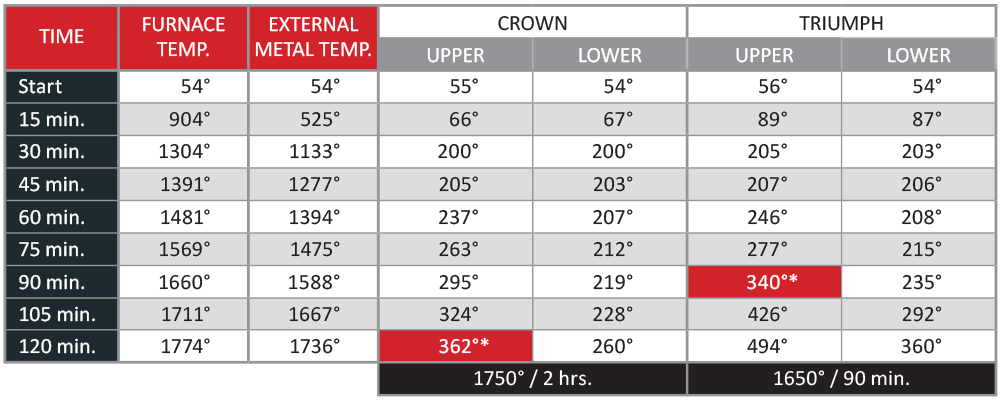
Trophy / Model T Series Test Procedure
The Trophy and Model T series were tested simultaneously at an ASME certified facility. Four unshielded temperature sensors positioned near the top and bottom of each safe were connected to two separate temperature recorders to verify internal temperatures. The test continued for 75 minutes, with furnace temperatures exceeding 1500° F. The results prove that you can’t find better fire protection in an internal-hinge safe.

Untouchable / Master / Regal Series Test Procedure
The Untouchable, Master, and Regal series were tested simultaneously at an ASME certified facility. Two pairs of unshielded temperature sensors, one positioned near the top and one placed near the bottom of each safe, were connected to two separate temperature recorders to record internal temperatures. The two-hour test heated our safes’ American-made steel exteriors to a bright cherry red. Afterward, when the safes were carefully examined, we found that, despite looking the worse for the wear, the doors remained straight and functional.

